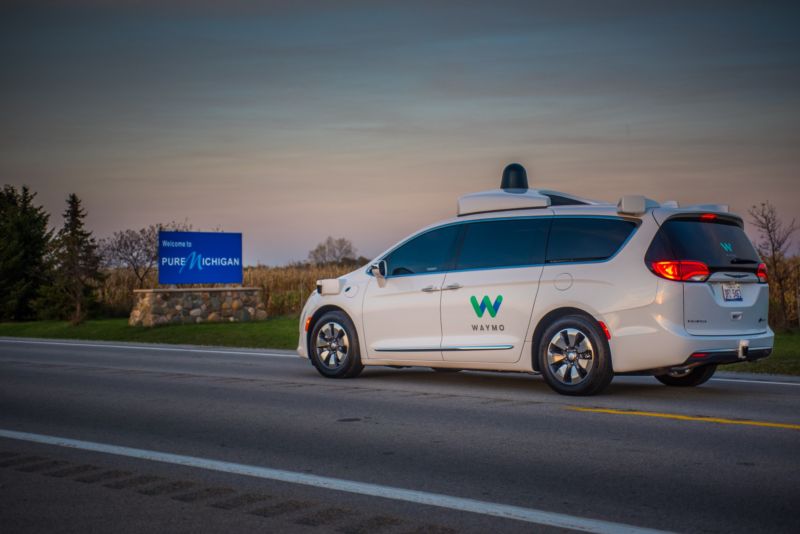
Waymo CEO: Building safe driverless cars is harder than rocket science
Company raised $3.2 billion last year, but CEO says the challenge remains huge. …
 reader comments
reader comments
149 with 89 posters participating
Last year was the most significant yet in Waymo’s 11-year effort to develop a driverless car.
The Google sister company raised $3.2 billion, signed deals with several partners, and launched the world’s first truly driverless taxi service in Phoenix, Arizona.
Even so, the widespread rollout of fully autonomous vehicles remains slow, staggered, and costly.
“It’s an extraordinary grind,” said John Krafcik, Waymo chief executive, in an interview with the Financial Times. “I would say it’s a bigger challenge than launching a rocket and putting it in orbit around the Earth… because it has to be done safely over and over and over again.”
Gone is the optimism of just a couple of years ago. In March 2018, Waymo confidently forecast that “up to 20,000” electric Jaguars “will be built in the first two years of production and be available for riders of Waymo’s driverless service, serving a potential 1 million trips per day.”
Two months later, it added that “up to 62,000” Chrysler minivans would join its driverless fleet, “starting in late 2018.”
Today, there is little sign that any of these vehicles have been ordered, and Waymo’s official fleet size remains just 600.
Mr. Krafcik, a carmaking expert who coined the term “lean production” in the 1980s and rose to be chief executive of Hyundai America, acknowledged that he and his colleagues had relied on their experience in the car industry to judge how fast Waymo’s growth would be.
“When we thought, in 2015, that we would have a broadly available service by 2020, it wasn’t a crazy thought,” he said. The
Continue reading – Article source
Similar Posts:
- The Best Web hosting
- Analysis of the Main Influencing Factors of the Trend of Gi Conduit in 2020
- From the Ladder to the Monocoque for Different Types of Vehicles
- Want to Use H7 LED Car Headlight Bulbs? Here are the Things to Know about LED Technology!
- Choosing an Executive Search Firm: Factors to Consider




